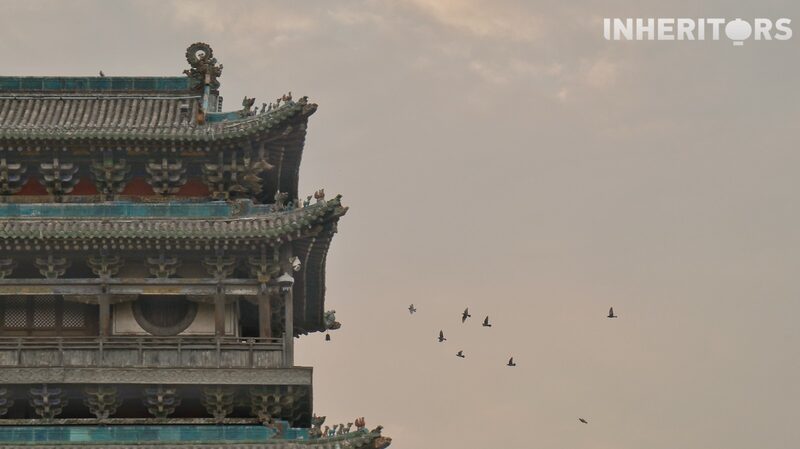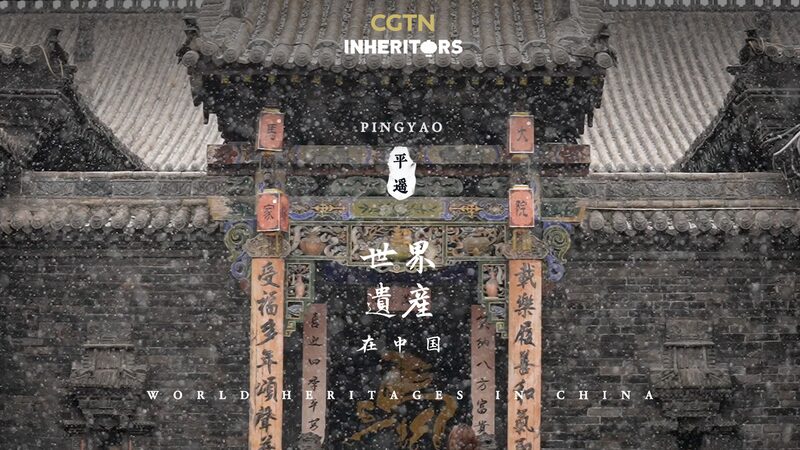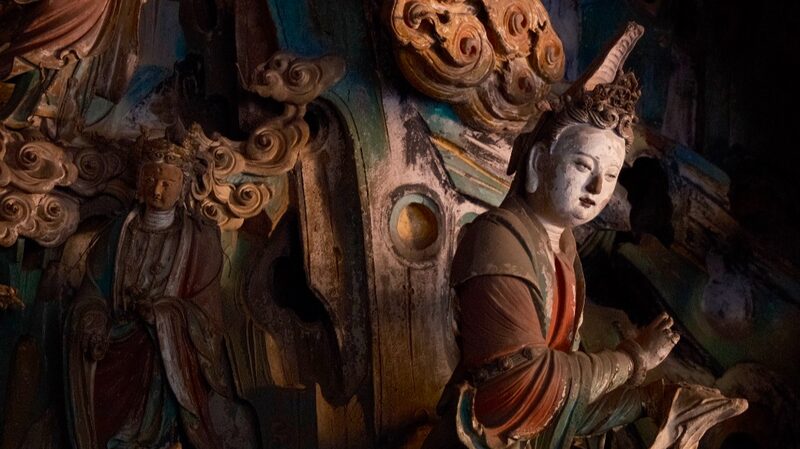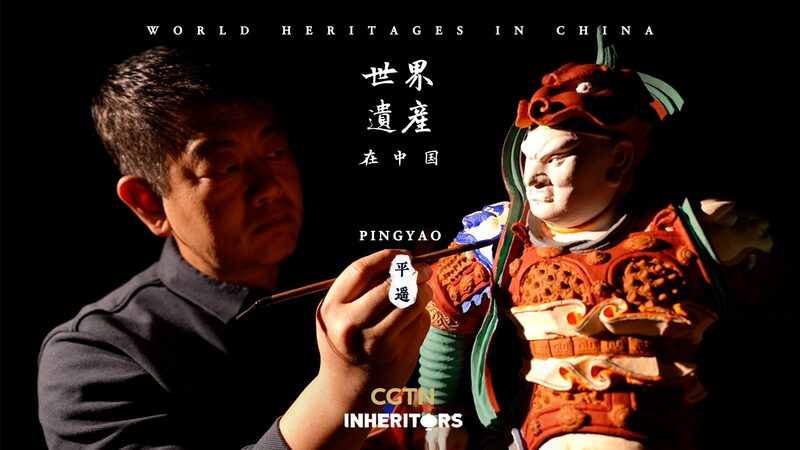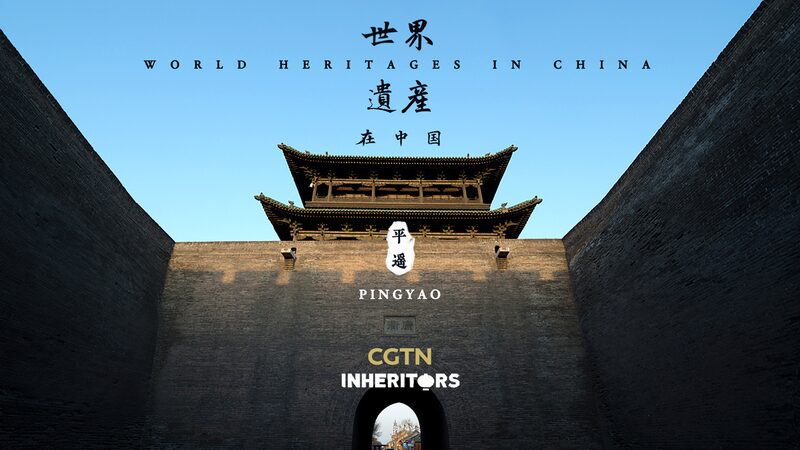Pingyao, a UNESCO World Heritage site in China’s Shanxi Province, is home to an ancient city wall that is not just a defensive structure but a marvel of sustainable architecture. This ‘breathing’ wall has stood the test of time, offering insights into the ingenuity of ancient Chinese engineering.
Constructed during the Ming Dynasty over 600 years ago, the city wall of Pingyao was uniquely designed with an outer layer of bricks and an inner core of rammed earth. This construction method was intentional, allowing the wall to ‘breathe’ in Pingyao’s dry climate. The porous nature of rammed earth facilitates the flow of fresh air, ensuring that the residents within the city walls could enjoy natural ventilation.
The decision to avoid a fully brick-encased wall was both practical and ingenious. A solid brick wall would have restricted airflow, trapping heat and making the enclosed city interior uncomfortable during the hot, dry seasons. By utilizing rammed earth, the architects leveraged natural materials to create a comfortable living environment, showcasing an early understanding of sustainable building practices.
Today, the breathing wall of Pingyao stands as a testament to ancient wisdom and sustainable design. It attracts historians, architects, and travelers from around the world who are eager to explore this exceptional example of ecological architecture. The wall’s enduring presence offers valuable lessons on how traditional building techniques can inspire modern sustainable practices.
Reference(s):
cgtn.com


